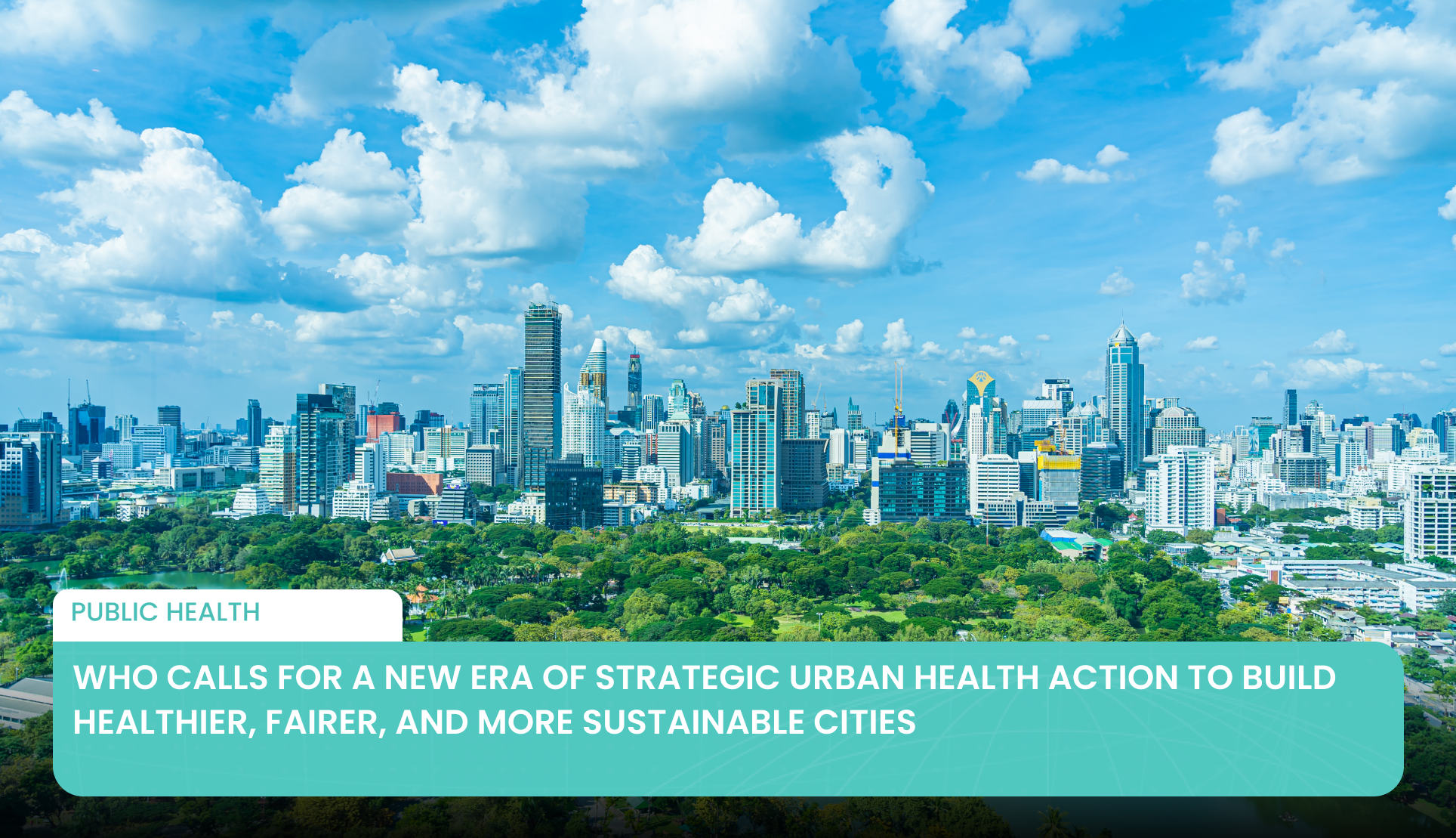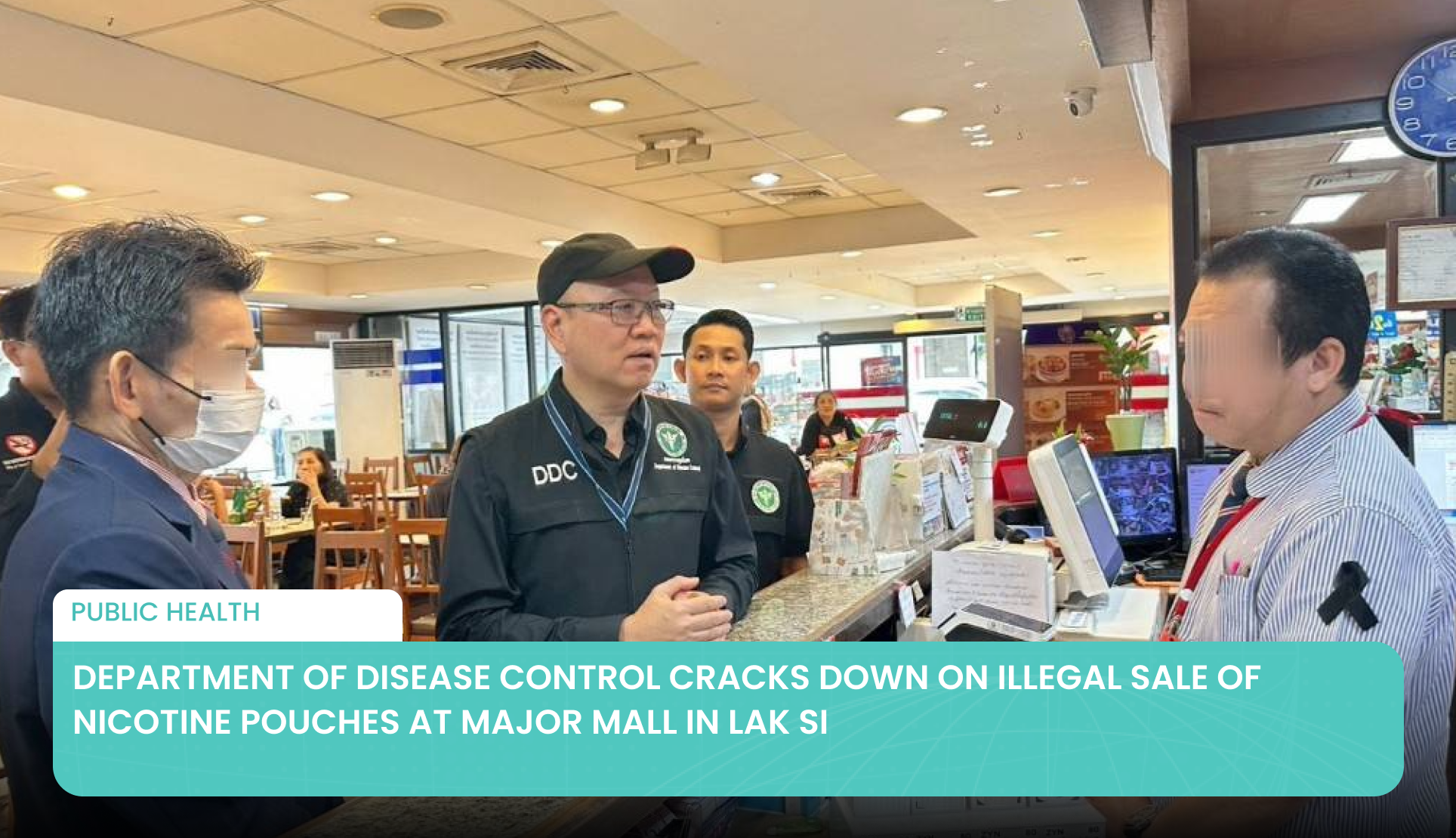
WHO Calls for a New Era of Strategic Urban Health Action to Build Healthier, Fairer, and More Sustainable Cities
The World Health Organization (WHO) has issued a global call on World Cities Day for national and city leaders to transform urban environments into engines of health, equity, and sustainability. The organization has also launched a new guide, “Taking a Strategic Approach to Urban Health,” to support this transformation and help usher in a new era of coordinated urban health action.
The World Health Organization (WHO) has issued a global call on World Cities Day for national and city leaders to transform urban environments into engines of health, equity, and sustainability. The organization has also launched a new guide, “Taking a Strategic Approach to Urban Health,” to support this transformation and help usher in a new era of coordinated urban health action.
Cities at the Crossroads of Health, Inequality, and the Environment
More than 4.4 billion people—over half of the world’s population—now live in cities, and this number is projected to rise to nearly 70% by 2050. Urban areas have become the places where health, inequality, and the environment intersect most sharply, creating both complex risks and opportunities for progress.
Today, around 1.1 billion people live in slums or informal settlements characterized by unsafe housing, poor sanitation, and growing exposure to floods and heat waves. This figure is expected to triple by 2050 if no action is taken.
WHO Launches New Strategic Guide for Urban Health
WHO’s newly released guide, “Taking a Strategic Approach to Urban Health,” offers an integrated framework to help governments strategically plan and manage urban health. It is the first comprehensive tool of its kind to translate evidence into policy and practice, enabling cross-sector collaboration for sustainable health outcomes.
“This is a moment for decision-makers at every level to act together,” said Dr. Jeremy Farrar, WHO Assistant Director-General for Health Promotion, Disease Prevention and Care. “The guide provides national and municipal leaders, planners, partners, and communities with a framework to work collectively across sectors and scales to build fairer, healthier, and more resilient futures.”
Health Challenges and Inequities Across Cities
A study covering 363 cities in nine Latin American countries revealed stark gaps in life expectancy—up to 14 years for men and 8 years for women between the healthiest and least healthy cities. Urban residents face overlapping risks such as air pollution, unsafe transport, poor housing, noise, and climate hazards.
Air pollution alone causes around 7 million deaths annually, and nearly every urban resident breathes air that fails to meet WHO’s air quality guidelines. Dense populations also heighten vulnerability to infectious diseases such as COVID-19 and dengue, while limited access to green spaces increases the risk of noncommunicable diseases (NCDs).
Despite these challenges, WHO emphasizes that cities represent the greatest opportunity for transformative change—if health, equity, and sustainability are placed at the core of urban design and governance.
Global Examples of Health-Driven Urban Design
Several cities are already implementing strategic health-oriented approaches, including Dandora in Nairobi (Kenya), Suva (Fiji), Makassar (Indonesia), and Coimbra (Portugal), where community voices play a central role in urban planning and decision-making.
“Cities are key to advancing public health,” said Dr. Etienne Krug, Director of Health Determinants, Prevention and Promotion at WHO. “This guide offers governments a roadmap for strategic action—linking health with global issues such as climate change, transport, digital transformation, and migration.”
Four Key Strategic Actions for Governments
The guide outlines four priority steps to help national and city governments plan and implement effective urban health strategies:
-
Understand the complexity of urban systems and their impact on health and equity.
-
Identify entry points for coordinated action that integrate health into policies across other sectors.
-
Strengthen implementation mechanisms, including governance, financing, data, innovation, and community participation.
-
Develop comprehensive strategies for urban health at both national and local levels.
Strengthening Capacity Through Learning
Alongside the new guide, WHO has launched the first three modules of the Urban Health E-learning Course through the WHO Academy, designed to build capacity for collaborative and strategic action in urban contexts.
Source:
Articles in this category are written by our editorial team to keep you informed about the latest healthcare and medical tourism news.

